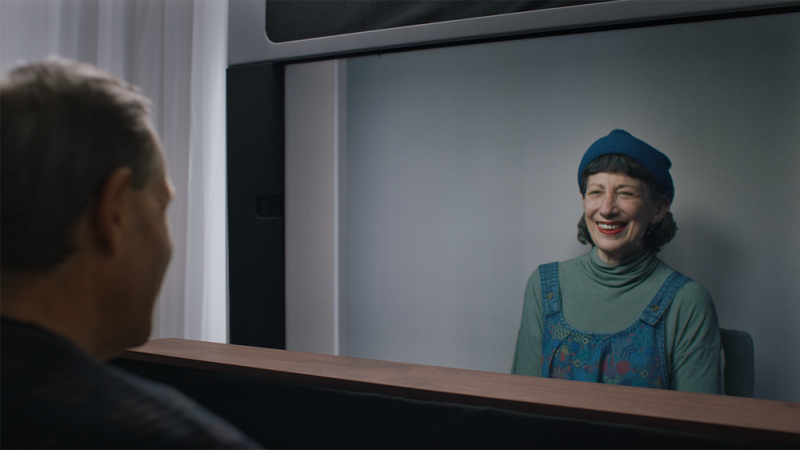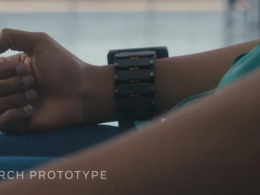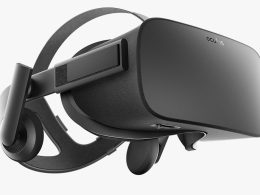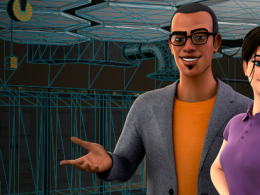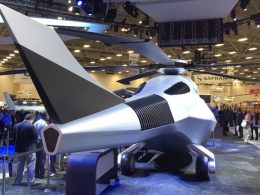"Project Starline currently requires expensive hardware, but it shows where video calls could go. Based on just one video feed, the technology creates three-dimensional holograms in real time that (with the appropriate screen) convey a much stronger sense of togetherness than conventional video calls.
In addition to numerous AI-supported improvements for its own meeting services, Google presented a visually impressive new 3D video call system reminiscent of hologram phone calls from sci-fi films: Project Starline.
Starline, which is a kind of 3D video chat booth, is supposed to give users the feeling of being in the same room with each other through a realistic 3D representation, according to Google. This promise comes from Clay BavorGoogle's VR and AR boss, the same Bavor who proudly presented the smartphone VR glasses Daydream at I/O 2016.
"We are really excited about the progress we are making with Project Starline and the potential of the technology to solve the important problem of wanting to be with someone even if you are physically unable to do so," writes Bavor.
Starline is Google's answer to Facebook's VR telepresence
The volumetric video chat with a telepresence feel is achieved by Google, according to Bavor, through AI-supported 3D image reconstruction, which generates a 3D model of the people from conventional camera images from different perspectives, spatial sound, a special compression process that can deliver the large 3D data volumes in real time over the Internet with low latency, and a "groundbreaking light field display for the volumetric presentation.
"The impression is created as if a person were sitting directly opposite you, as if they were right there," writes Bavor, explicitly pointing out that this telepresence feeling can be experienced "without additional glasses or headsets".
The technology used for Starline is "highly specialised", according to Bavor: The 3D chat booths are currently only set up in some Google offices in the Bay Area, New York and Seattle, where they have already been in use for thousands of hours, according to Bavor. The first tests at companies are to start later this year, demos have already taken place.
Over time, the still-expensive technology should become cheaper, Bavor writes, making it clear that Starline will be Google's eventual answer to Facebook's VR telepresence strategy: "We believe that technology for face-to-face communication can and should go in this direction."
Source: Mixed / Youtube





